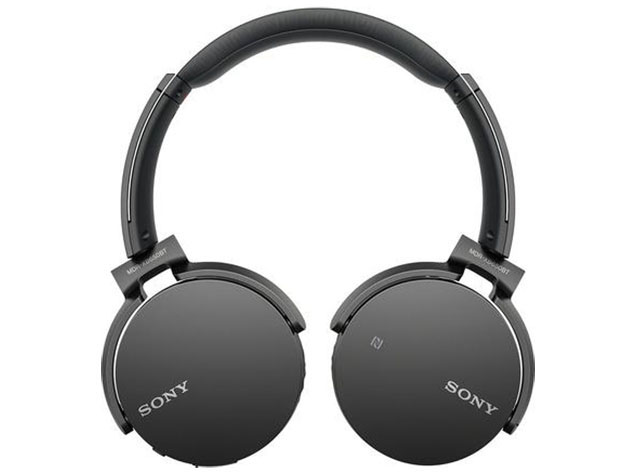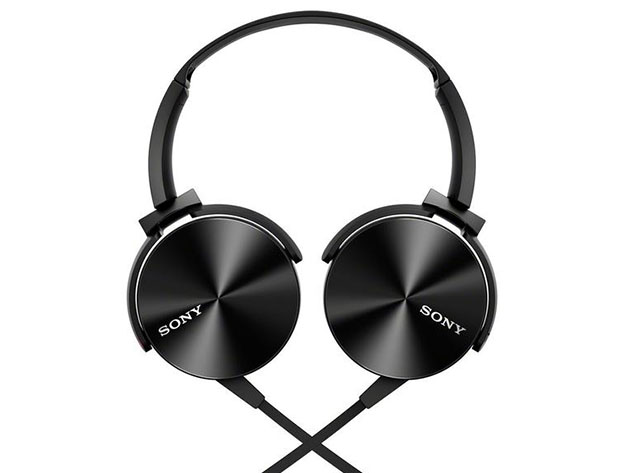Ever since the Walkman was released in 1979, Sony has been at the cutting edge of audio technology. The tech giant makes some of the best headphones around, although you usually have to pay a premium for the brand. If you are looking for a more affordable upgrade, take a look at these enticing deals on some new open box Sony headphones at the XDA Developers Depot.
For the uninitiated, new open box items are usually considered excess inventory from store shelves. They might have some assorted stickers on the packaging and/or have been exposed to customer contact. Plus, the packaging sometimes shows signs of extra handling. Regardless, the products will still be verified to be in new condition and put in clean packaging, so you can trust they’ll work like new while enjoying a fairly significant discount.
Sony MDR-XB650BT Extra Bass™ Wireless Headphones

Described by Trusted Reviews as “technically impressive”, the MDR-XB650BT headphones can keep going for 30 hours on a full charge. They connect to your phone via Bluetooth or NFC, with Extra Bass technology for richer sound and a built-in mic for hands-free calls. Normally $129.99, the headphones are now $59.99 open box.
Sony ZX220BT Wireless On-Ear Bluetooth Headphones

Thanks to 1.18″ dome drivers, these on-ear headphones deliver dynamic audio for eight hours straight. They work on Bluetooth, or you can tap them against any NFC device for an instant wireless connection. They also have a unique swiveling design that makes them great for travel. They are usually $79.99, but you can grab them now for just $34.99 open box.
Sony MDR-XB450AP Extra Bass™ Headphones

Featuring 1.18” drivers with an extended low-frequency range, these Extra Bass headphones are rated at 4 out of 5 stars on Amazon. An acoustic seal helps to keep that bass contained, while the Smart Key app allows you to make adjustments with a tap. In addition, they weigh only 5.82 ounces. Normally priced at $79.99, they are currently just $29.99 open box.
Sony ZX110AP Extra Bass™ Headphones

For audiophiles on a budget, the ZX110AP headphones offer impressive specs. They have 1.38″ neodymium dynamic drivers that deliver crisp highs and a powerful bass, with a closed-back design to lock the sound in. You also get plush ear cushions, an inline remote, a mic for hands-free calls, and a folding design. They retail for $29.99, but they are now reduced to $16.99 open box.
Prices subject to change
The post Save up to 60% on these open box Sony headphones appeared first on xda-developers.
from xda-developers https://ift.tt/2VIIN2D
via IFTTT

